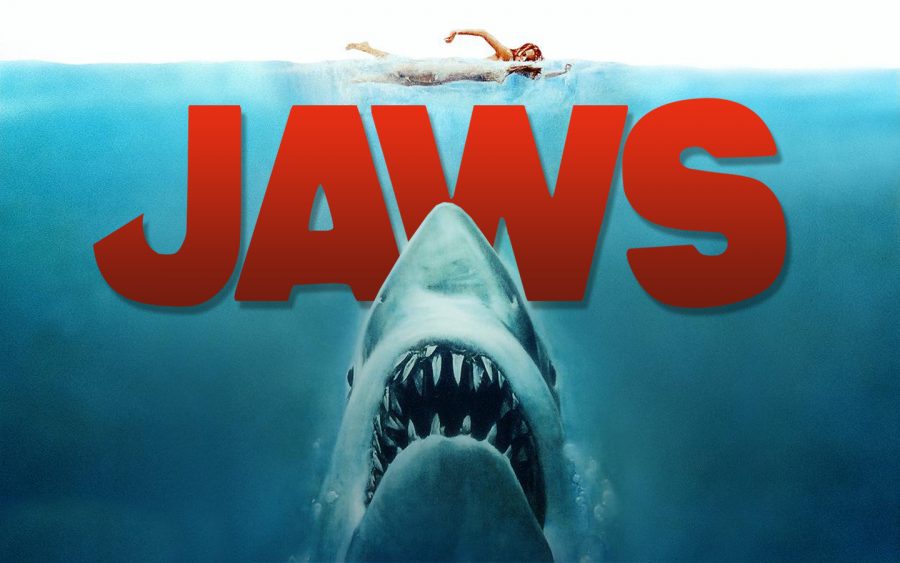Jaws” (1975)

Plot and Themes
Premise: Set in the fictional small town of Amity Island, “Jaws” centers around the terror that ensues when a giant great white shark begins attacking swimmers. As the shark’s attacks escalate, police chief Martin Brody (Roy Scheider), marine biologist Matt Hooper (Richard Dreyfuss), and professional shark hunter Quint (Robert Shaw) team up to capture and kill the beast before it claims more lives.
Themes:
- Fear and Survival: The film explores primal fears and the struggle for survival against a seemingly unstoppable force. The shark represents an existential threat to the community’s sense of safety and normalcy.
- Man vs. Nature: “Jaws” delves into the conflict between humans and the natural world, highlighting humanity’s vulnerability when faced with the raw power of nature.
- Community and Leadership: The film also examines the dynamics of leadership and community response in the face of crisis, focusing on how different characters react to the threat and what drives their decisions.

Characters and Performances
Roy Scheider as Chief Martin Brody: Scheider’s portrayal of Chief Brody is central to the film’s emotional and dramatic impact. His character, an everyman grappling with fear and responsibility, provides a relatable anchor for the audience amidst the chaos.
Robert Shaw as Quint: Shaw’s performance as the grizzled shark hunter Quint is iconic. Quint’s monologues and rough demeanor add depth to the film, and his character’s backstory and motivations contribute to the film’s tension and drama.
Richard Dreyfuss as Matt Hooper: Dreyfuss plays the marine biologist Hooper with a blend of enthusiasm and expertise. His character provides scientific insight into the shark and acts as a foil to Quint’s more rugged approach.
Lorraine Gary as Ellen Brody: Gary portrays Ellen Brody, Chief Brody’s wife, whose concern for her family and community adds an emotional layer to the narrative.
Murray Hamilton as Mayor Larry Vaughn: Hamilton’s portrayal of the town’s mayor, who initially downplays the threat of the shark to protect the town’s tourism industry, serves as a critical commentary on political and economic pressures.
Production and Aesthetic
Direction and Screenplay: Steven Spielberg’s direction is noted for its suspenseful pacing and masterful use of tension. The screenplay, adapted by Peter Benchley and Carl Gottlieb, effectively combines dialogue, character development, and suspense.
Cinematography and Visual Effects: Cinematography by Jeffrey K. Heller and Carl Gottlieb’s work captures both the scenic beauty of Amity Island and the menacing presence of the shark. The film’s visual effects, particularly the shark’s animatronic design, were groundbreaking at the time and have since become iconic.
Music: The score by John Williams, particularly the ominous two-note theme that signals the shark’s presence, is one of the most recognizable and influential film scores ever composed. The music heightens the film’s tension and has become synonymous with the thriller genre.
Reception
Critical Response: “Jaws” received widespread acclaim from critics and audiences alike. It was praised for its suspenseful storytelling, strong performances, and innovative use of music and effects. The film has been lauded as a masterclass in building tension and creating a sense of dread.
Box Office and Cultural Impact: The film was a massive commercial success, becoming the highest-grossing film of its time and solidifying Spielberg’s reputation as a leading filmmaker. “Jaws” is credited with establishing the concept of the summer blockbuster and has influenced countless films and filmmakers since its release.
Awards: “Jaws” won three Academy Awards, including Best Film Editing, Best Original Score, and Best Sound. It was also nominated for Best Picture, Best Director, and Best Supporting Actor (Robert Shaw).











